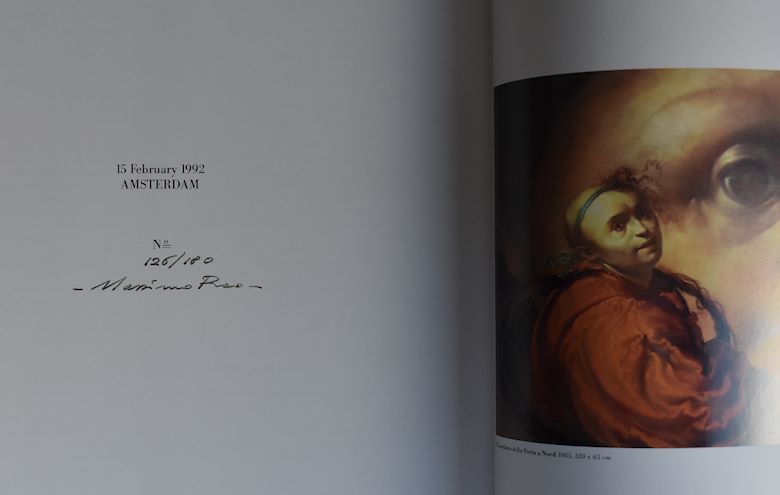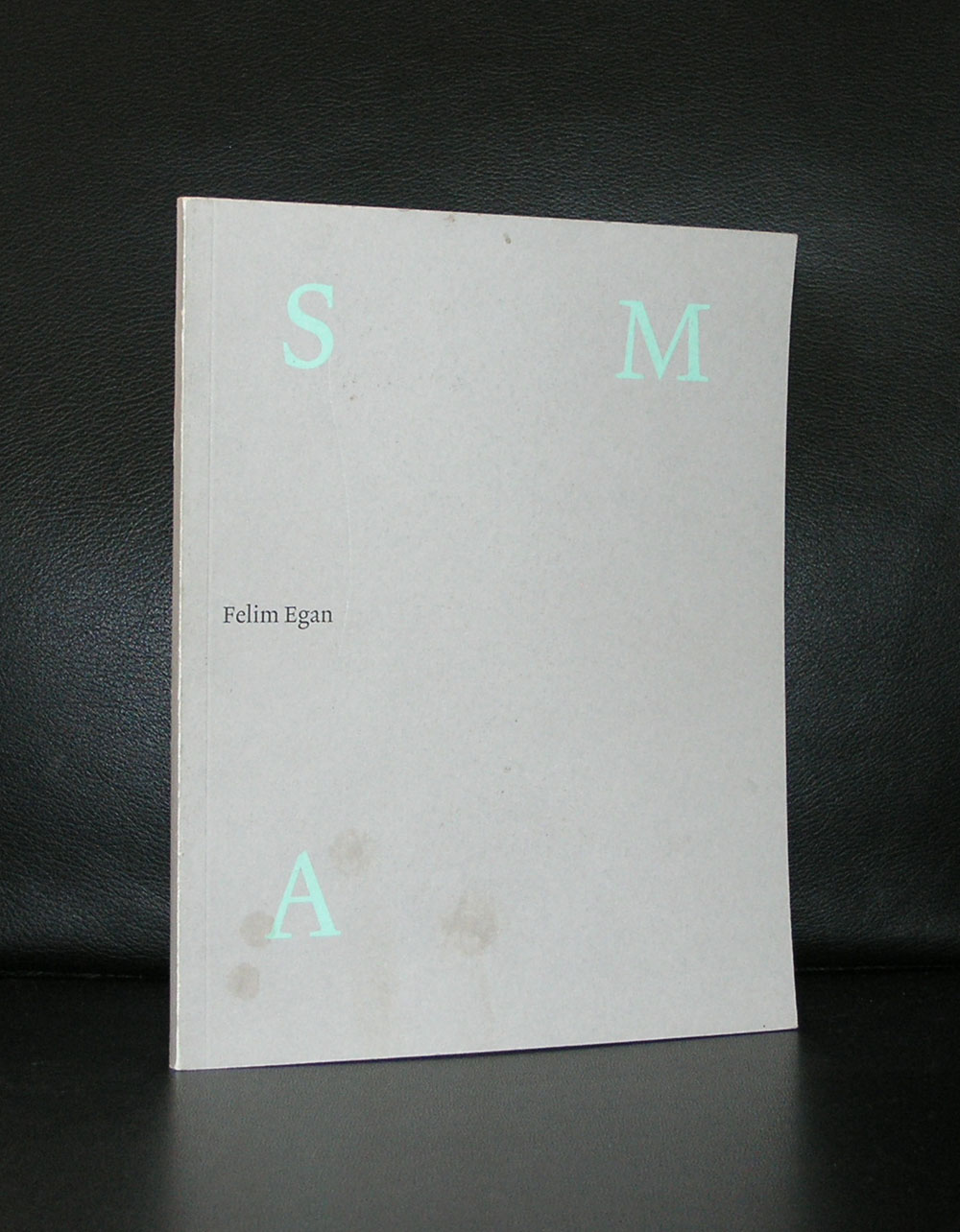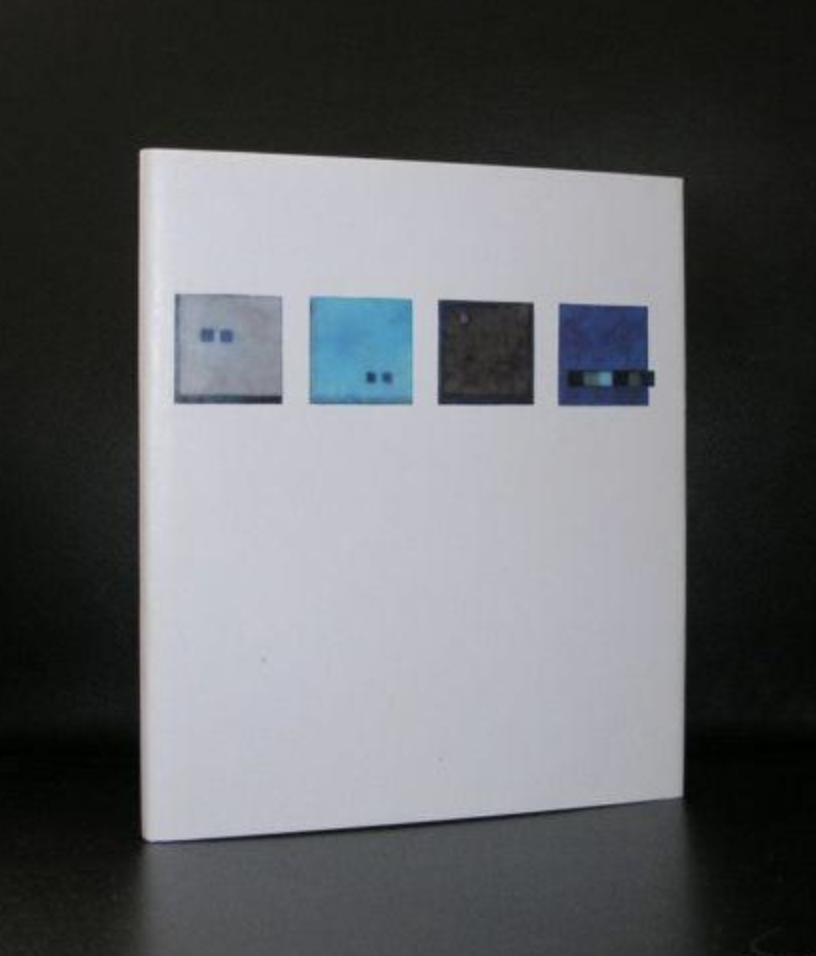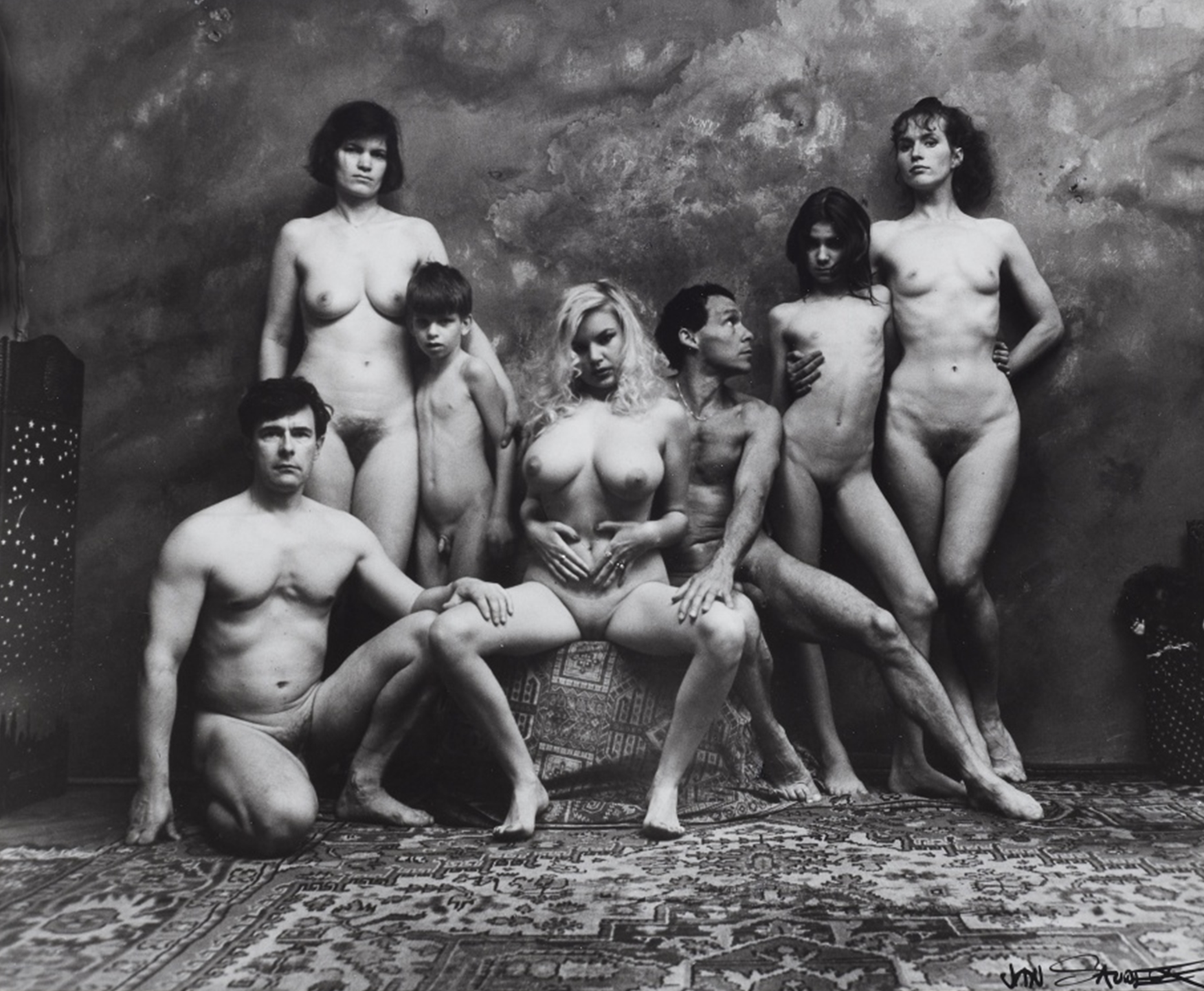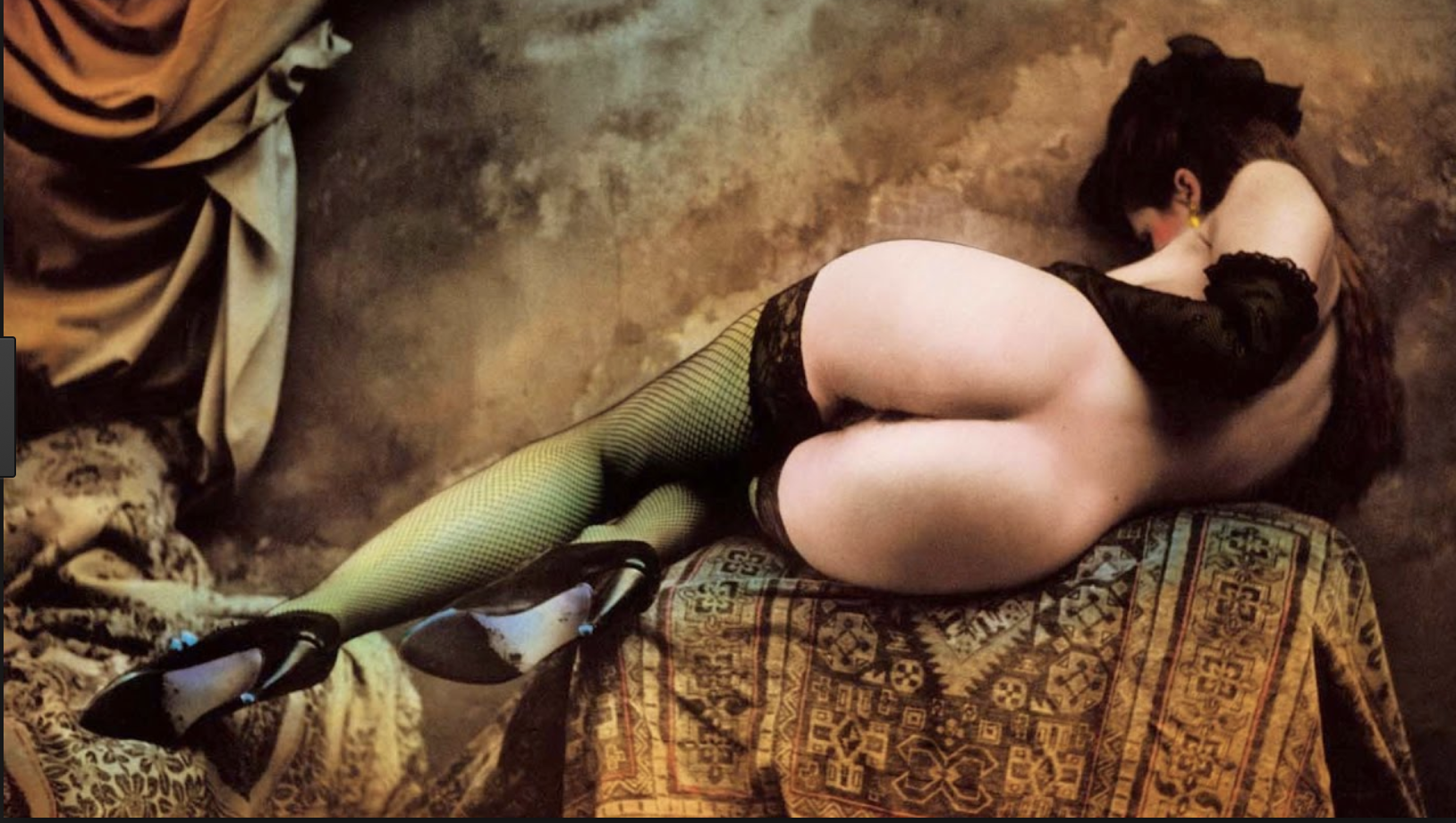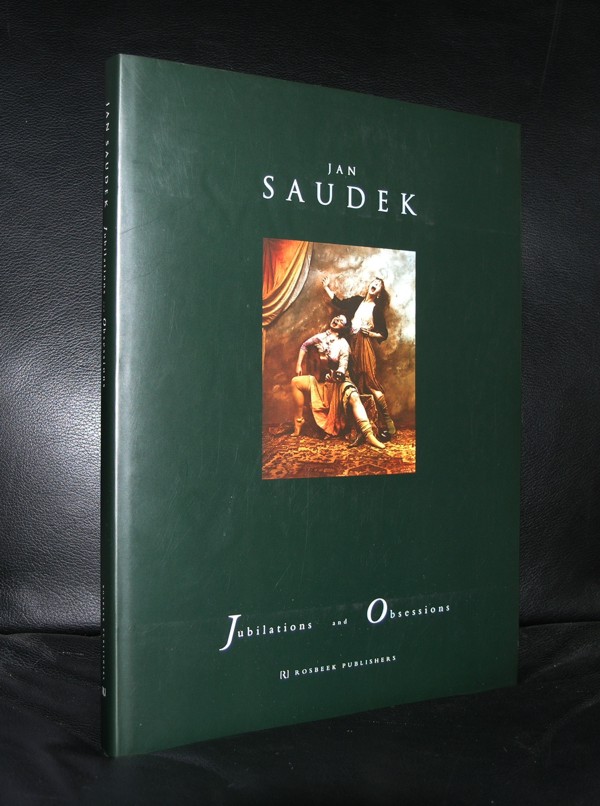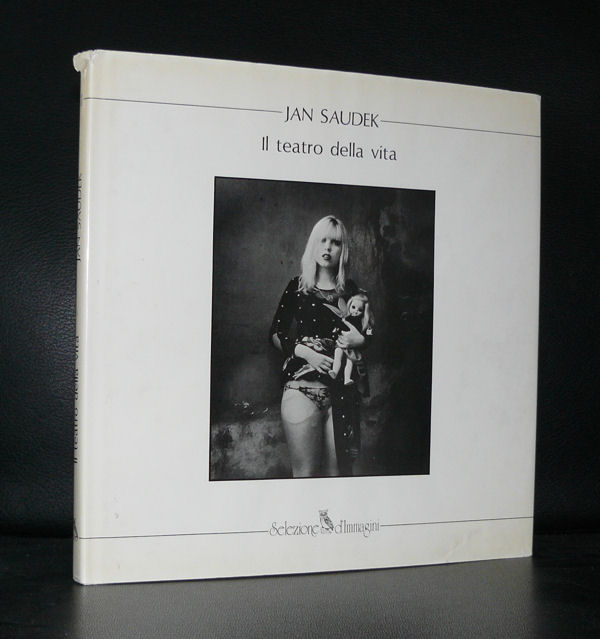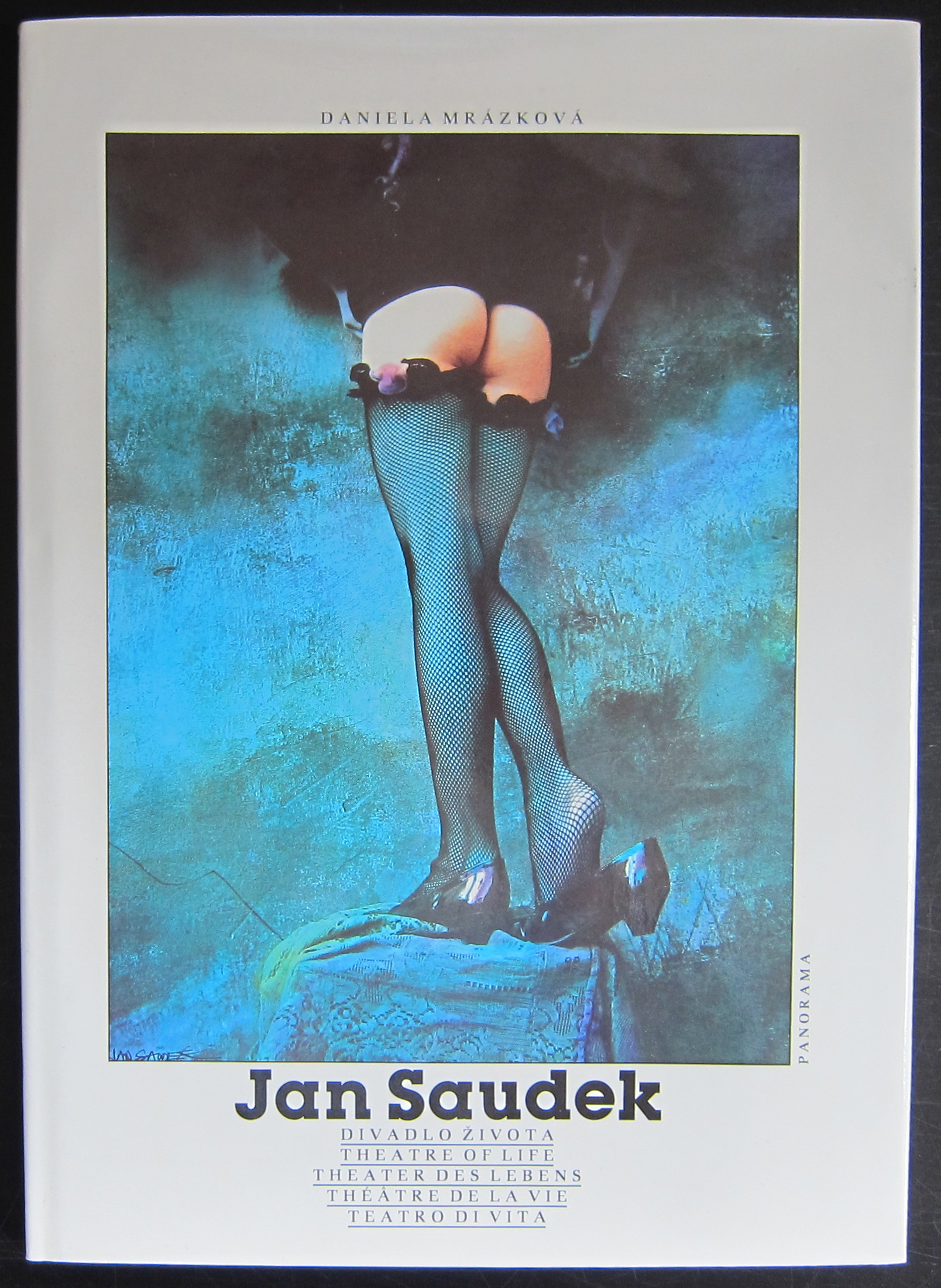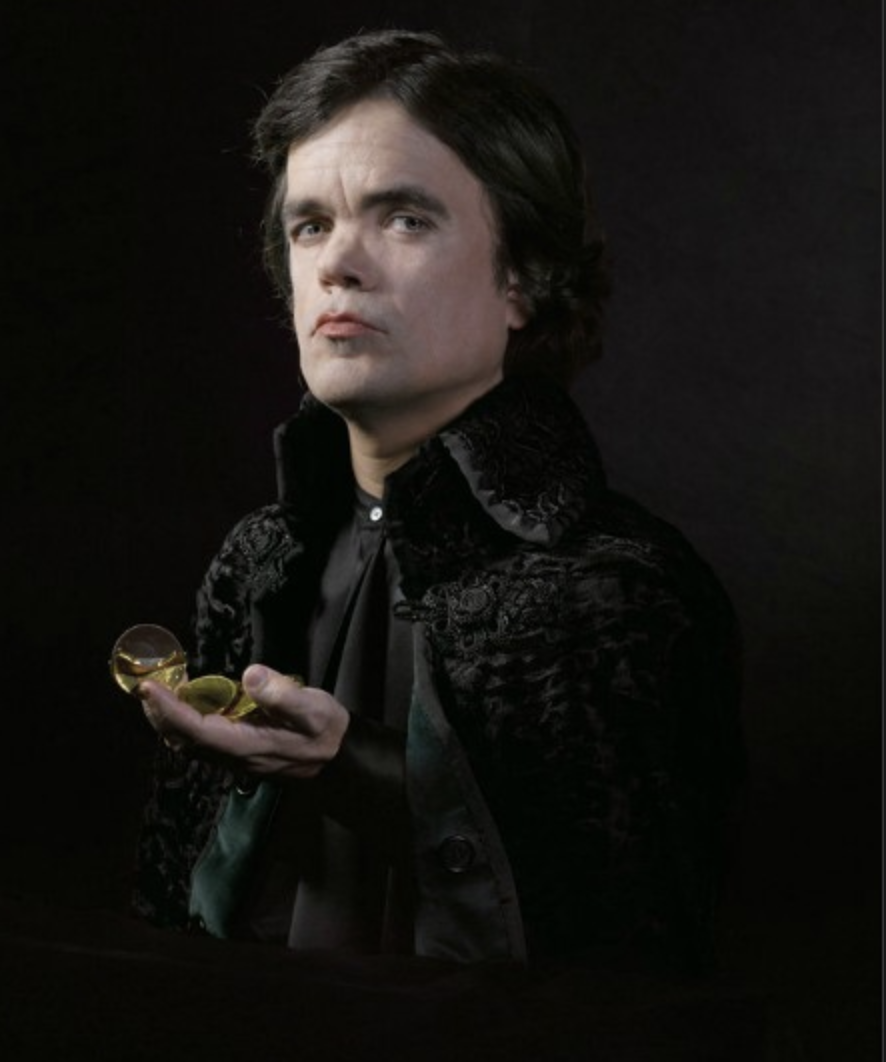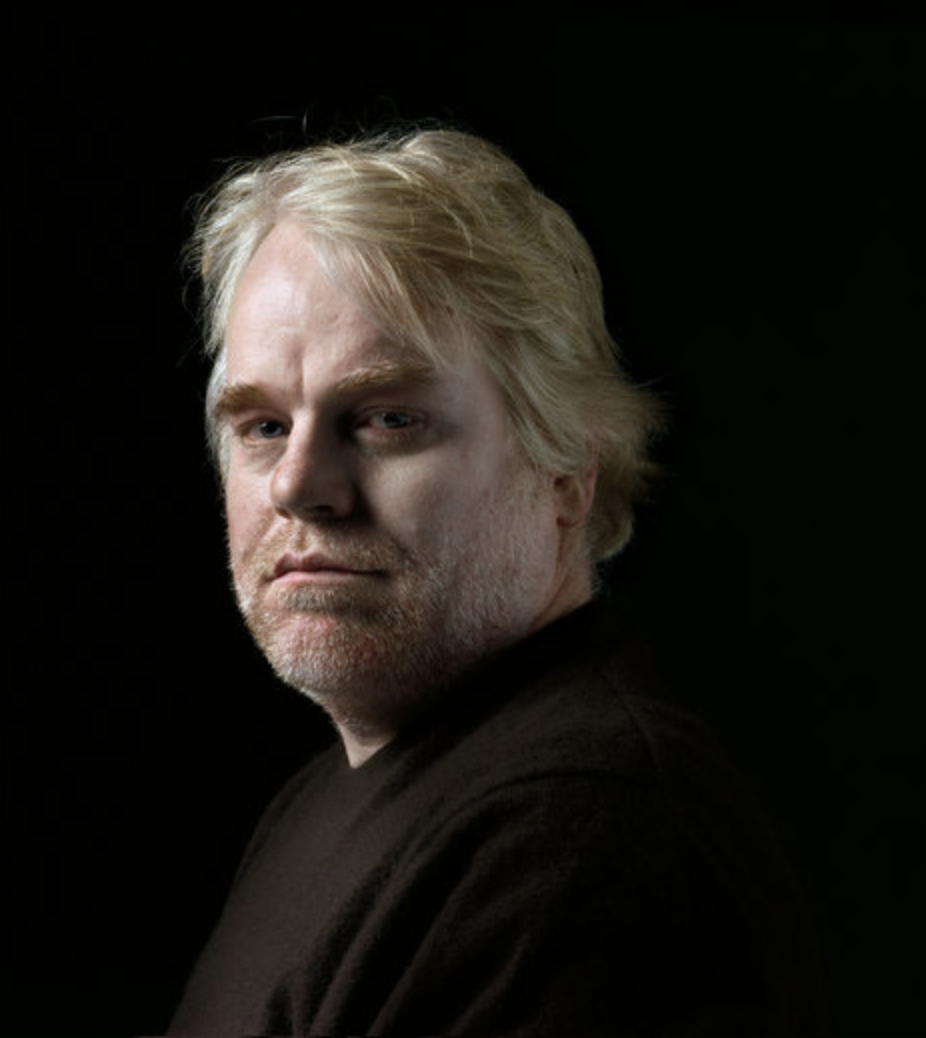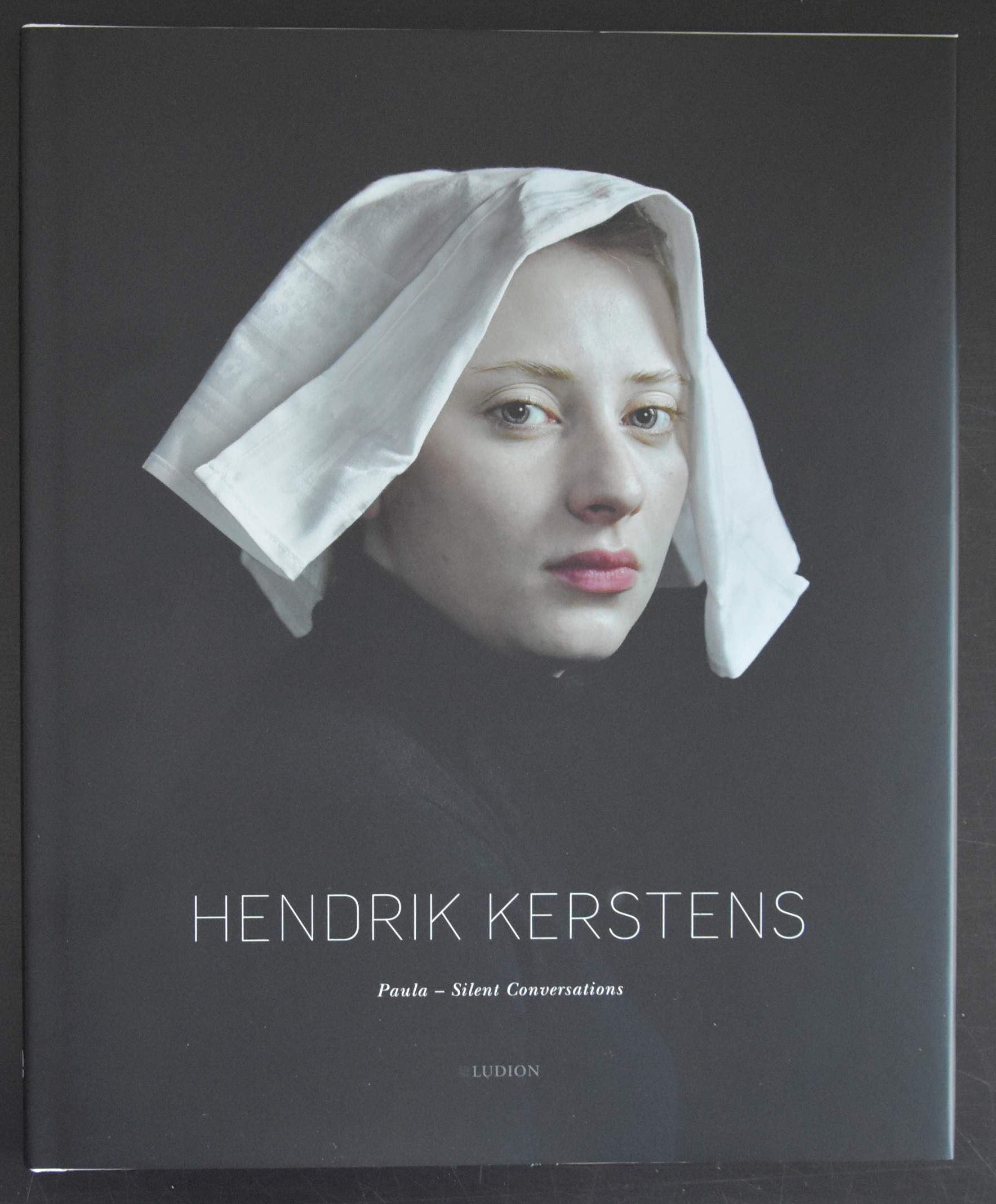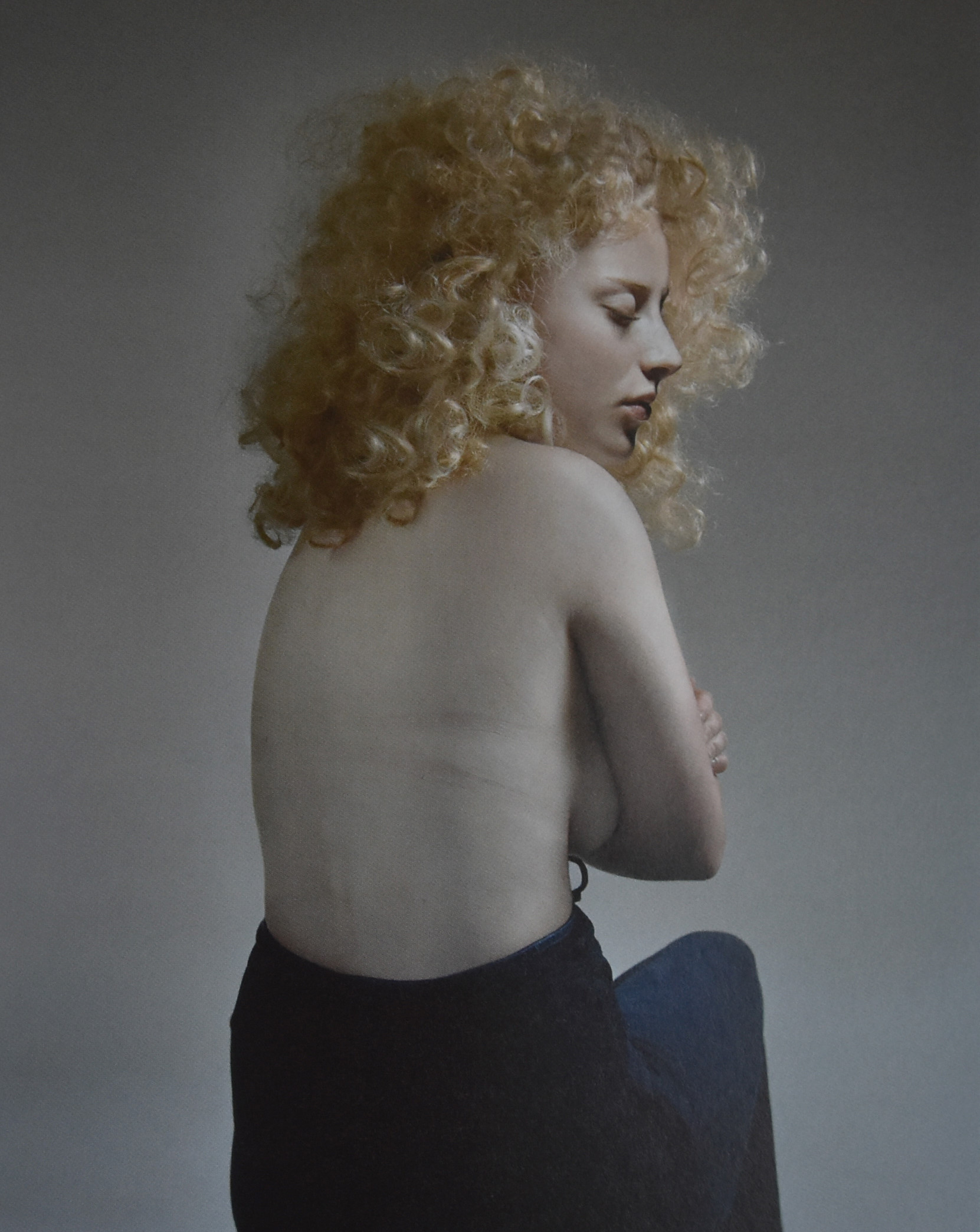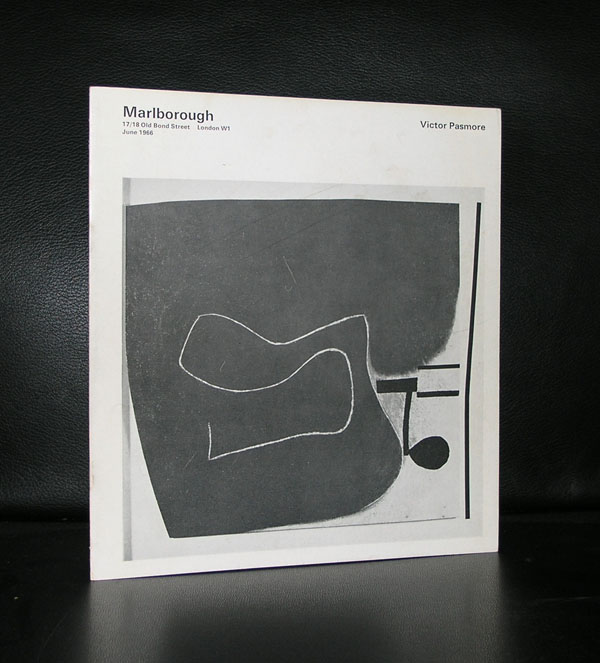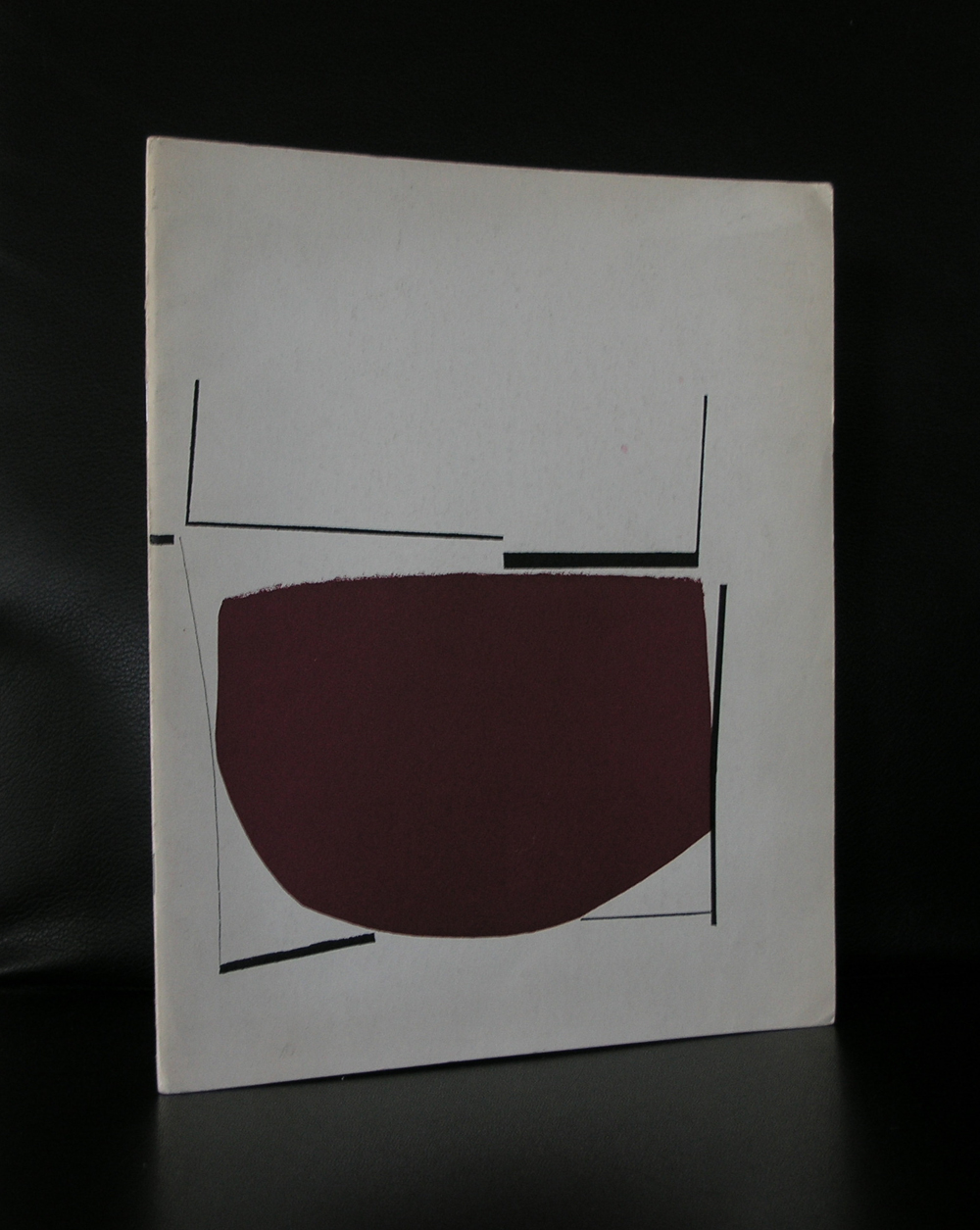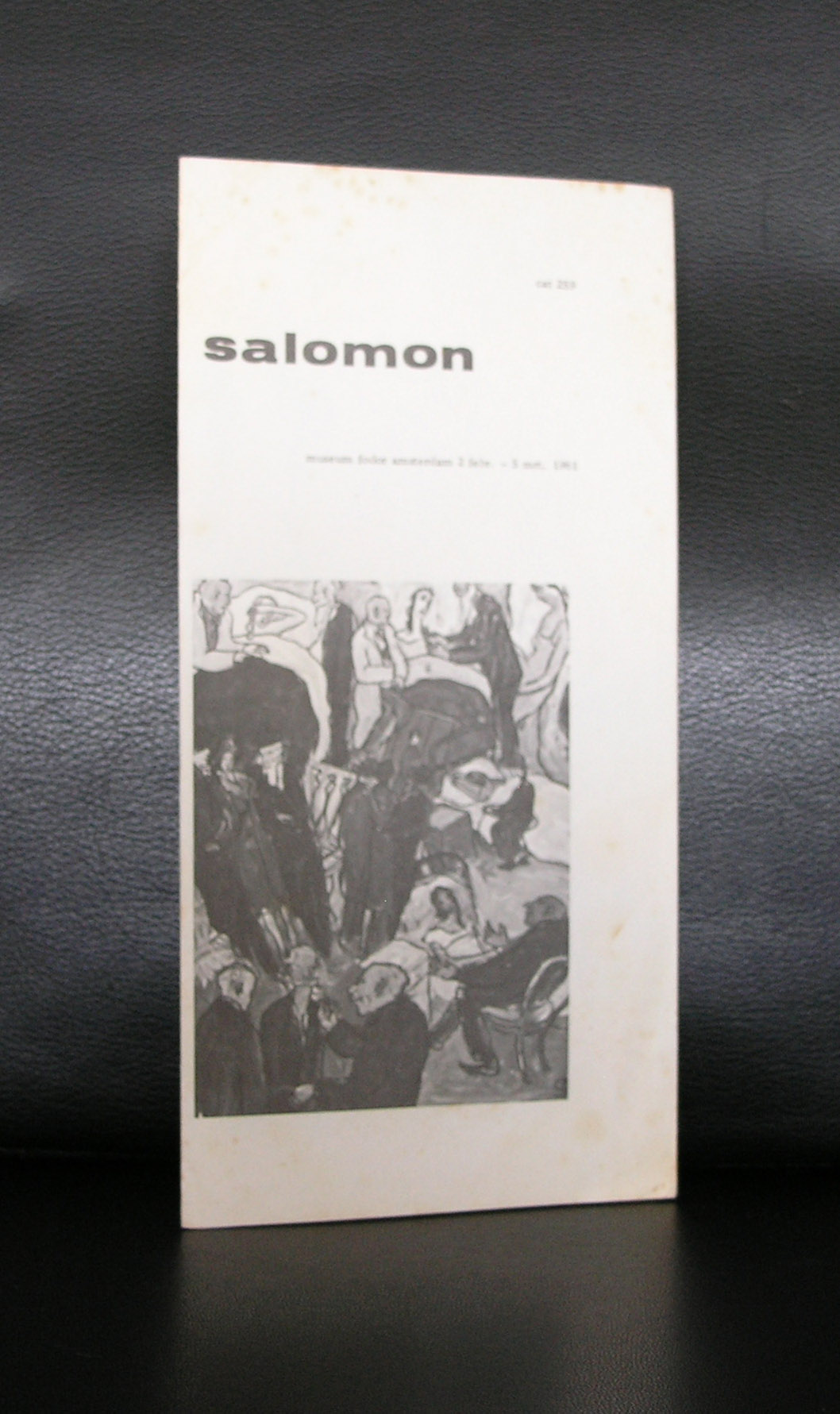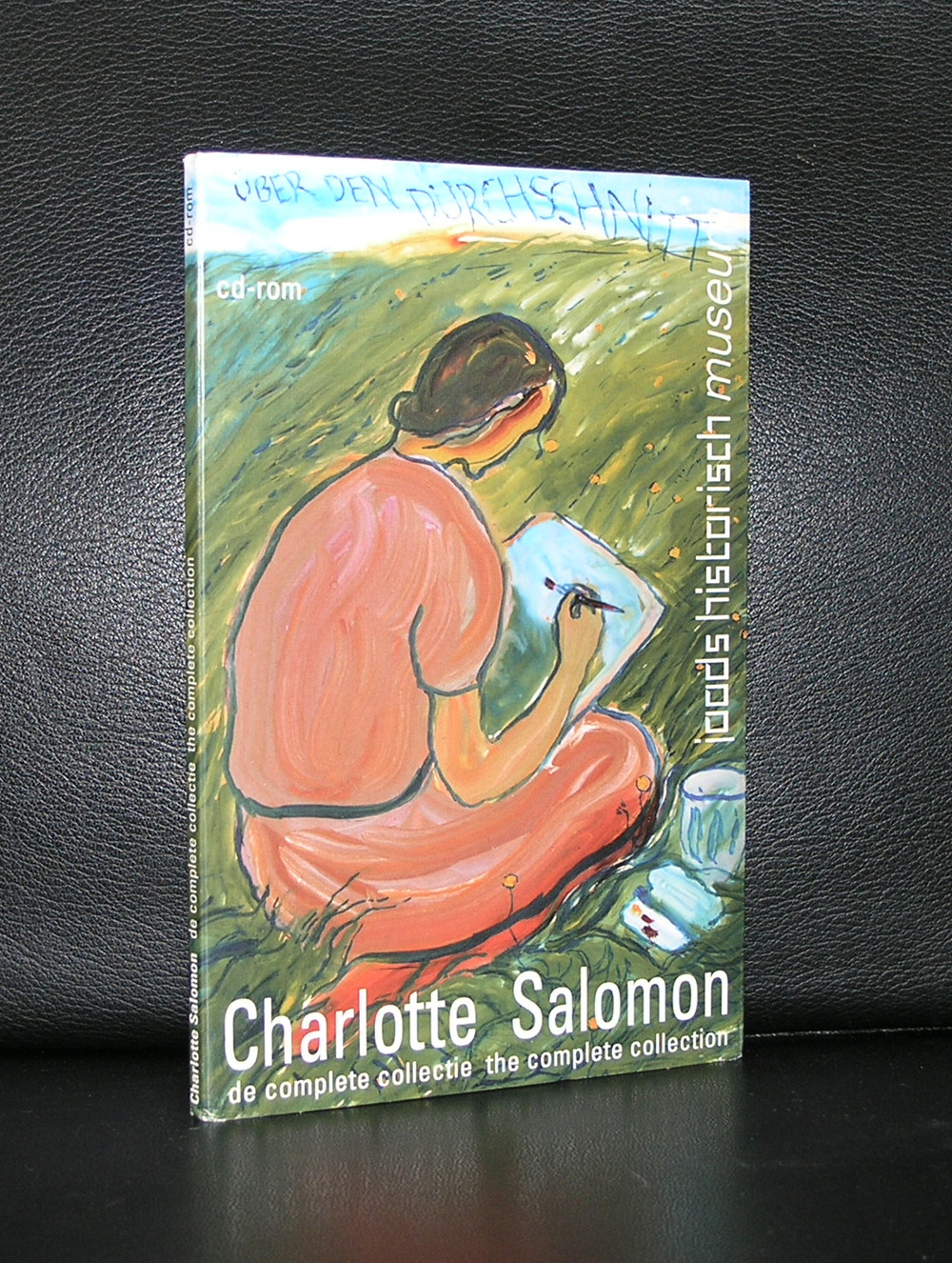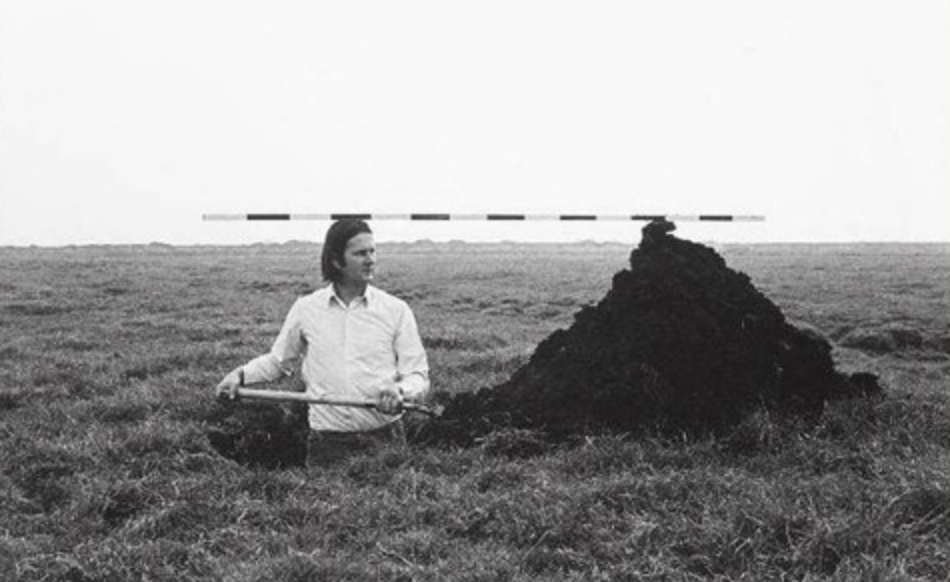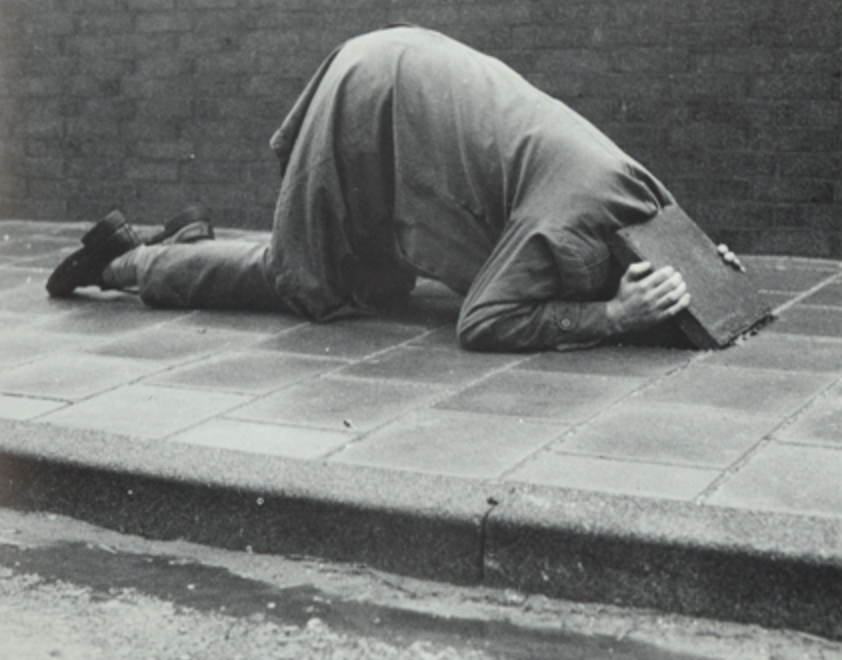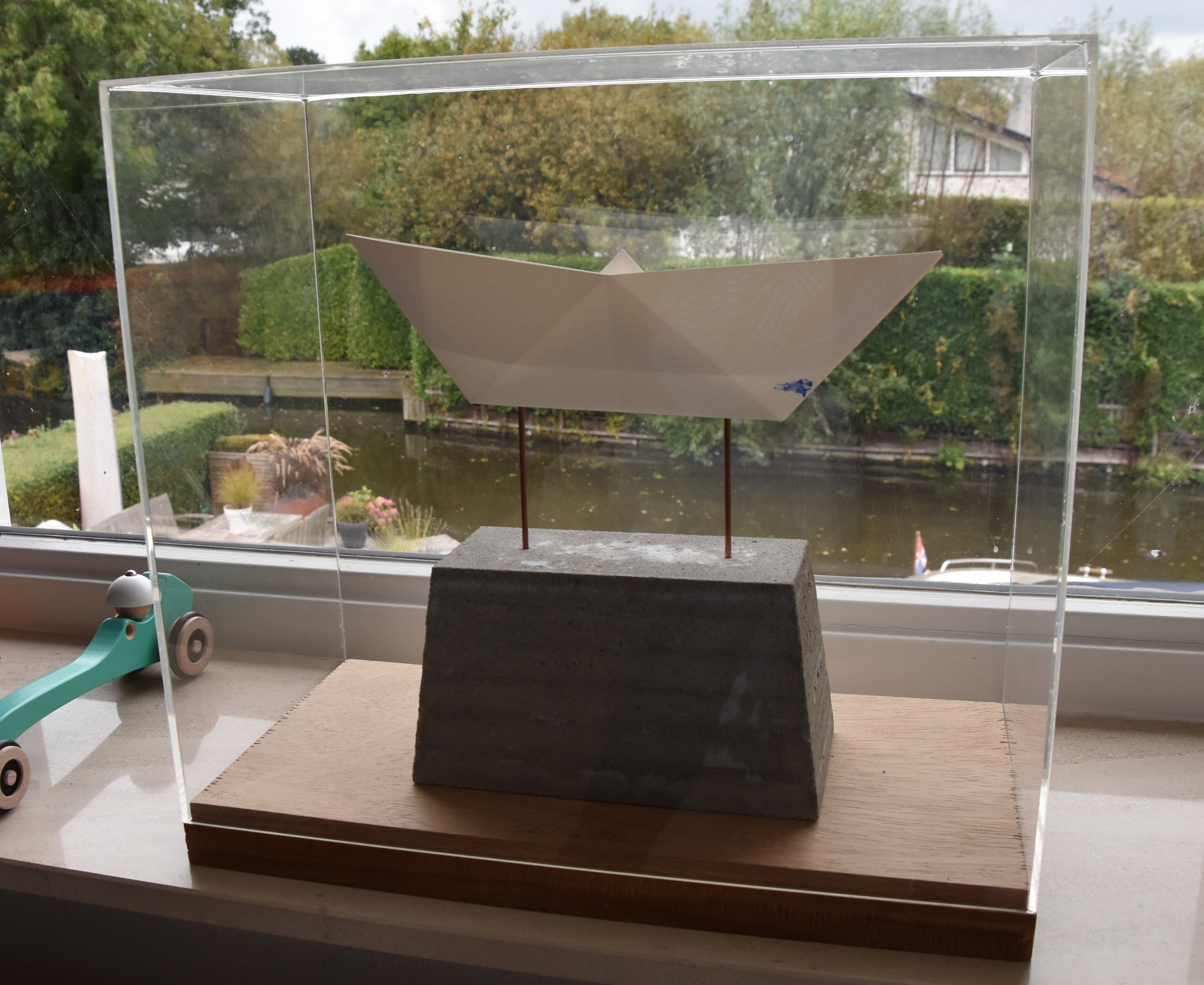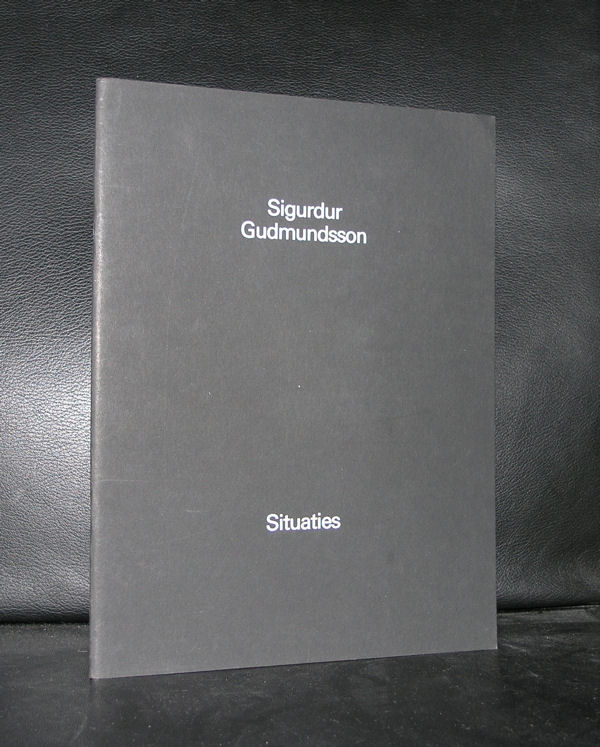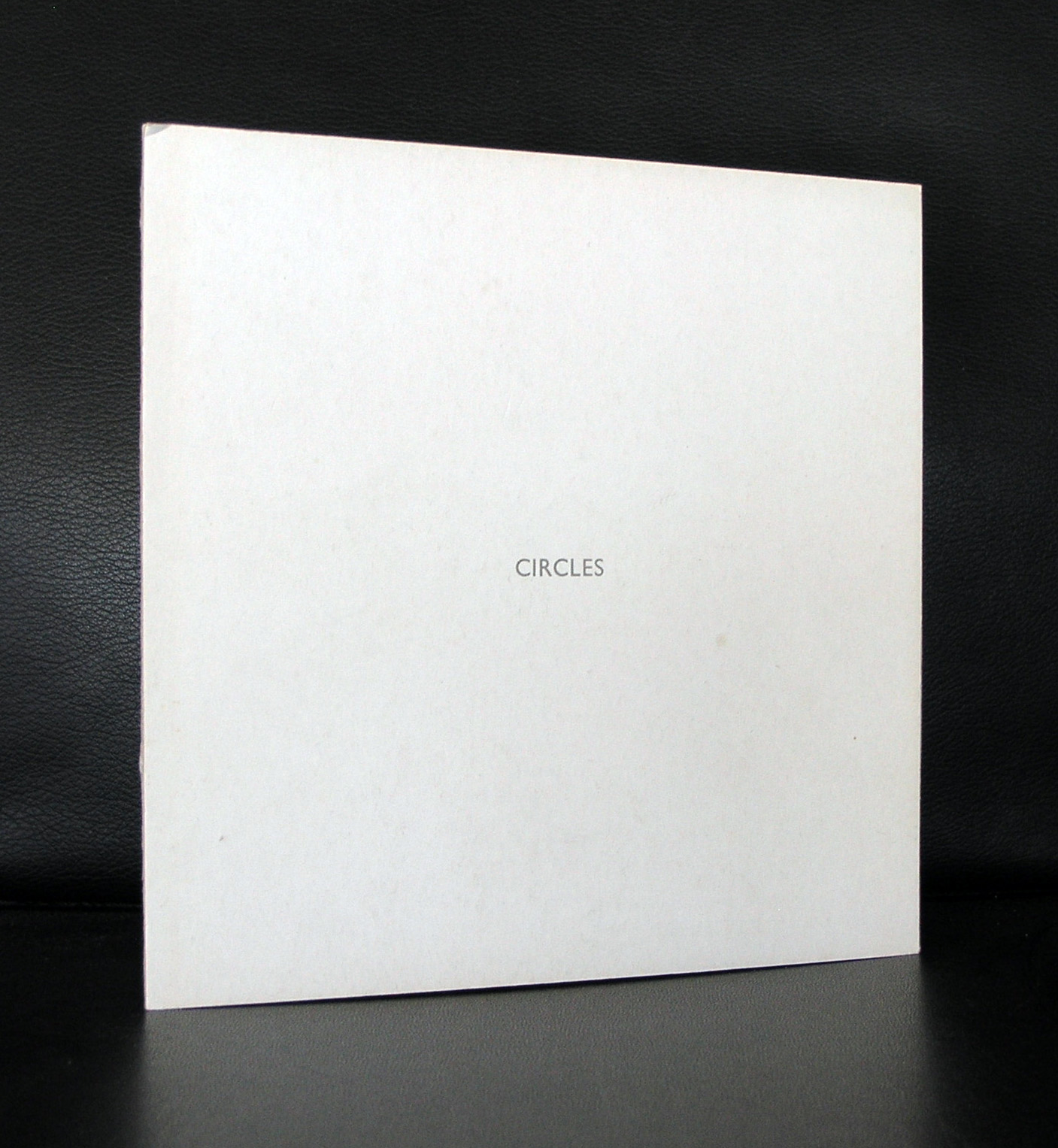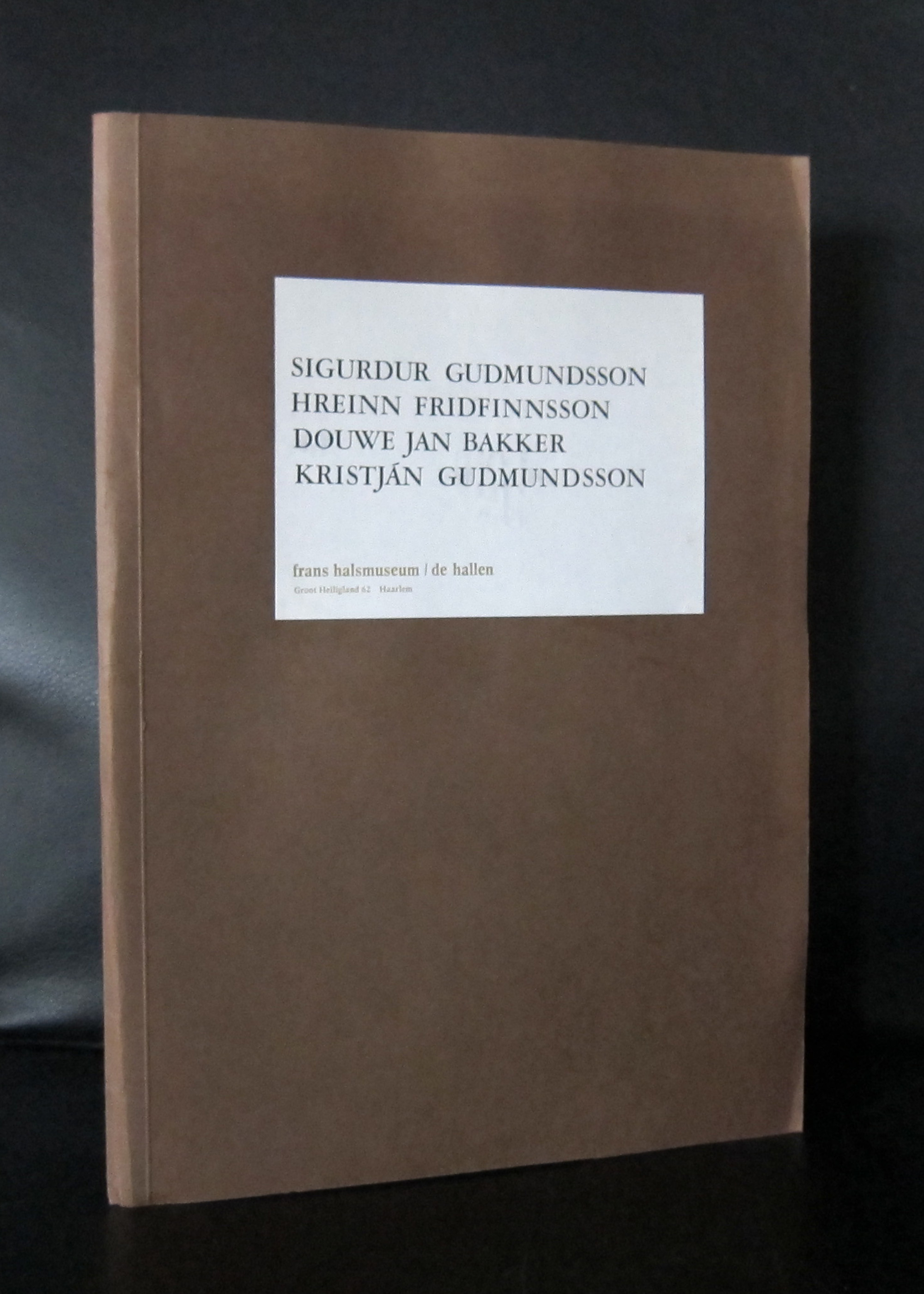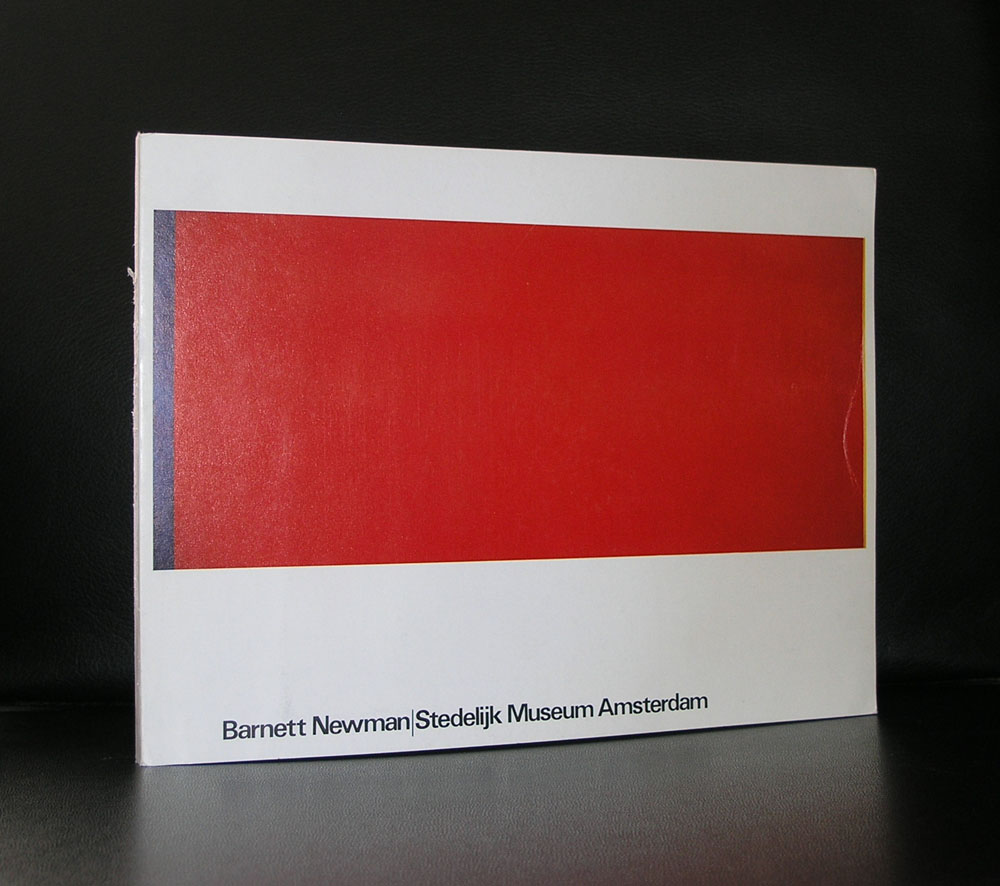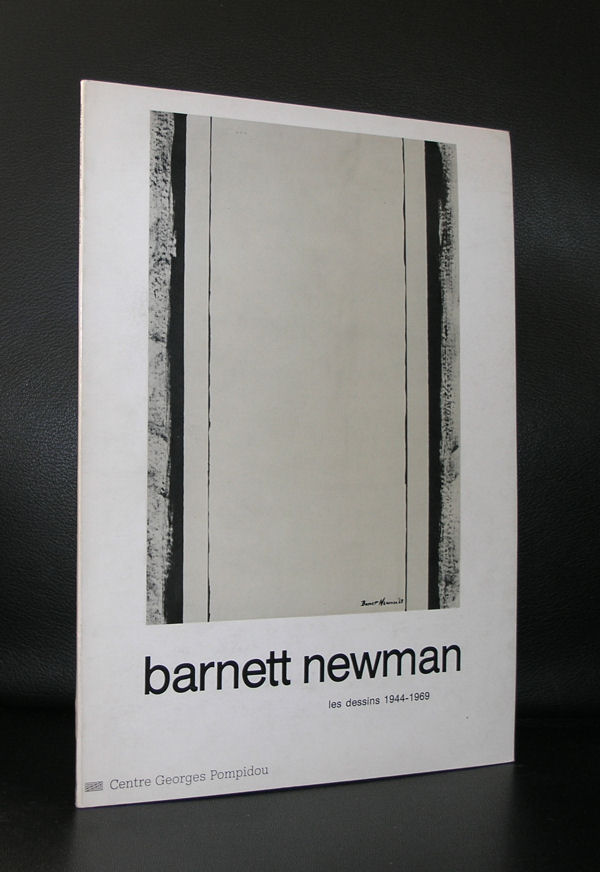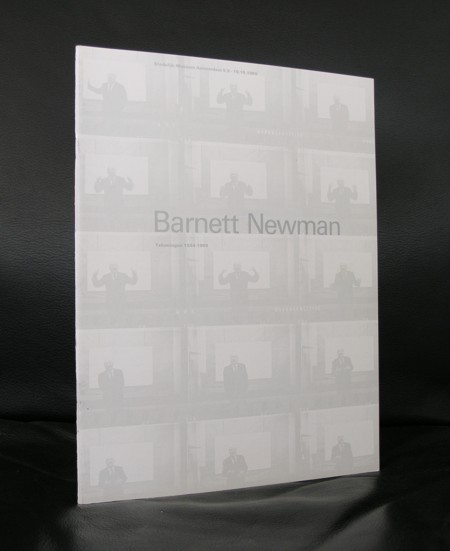
I had never heard of Felim Egan, but when i saw one of his paintings ( for the first time at Seasons gallery in Den Haag) i became an admirer. A free kind of constructivist abstraction in soft colors, which looks like Irish mist over a landscape. Later i found 2 publications on this artist which are now available at www.ftn-books.com so when i encountered these i decide to write a blog on an artist of whom i did not know very much except that he had exhibited in the Stedelijk Museum. I searched and found this article on his Felim Egan’s own website : www.felimegan.ie
FELlM EGAN was born in lreland in 1952 and studied at Belfast and Portsmouth, England before attending the Slade School of Art in London. He then spent a year at the British School at Rome in 1980 before returning to Dublin. Since then he has lived and worked at Sandymount Strand and the Docklands, on the edge of Dublin Bay.
He is known as a painter of restrained eloquence, who sparingly deploys a vocabulary of hieroglyphic motifs over monochromatic expanses of colour. His paintings are built up slowly with layers of thin colour applied to the surface and stone powder ground into the acrylic. The work is universal in spirit and at the same time emotionally intimate. His paintings are epiphanic, in that they convey to us the essential nature or meaning of something of which we were previously unaware. He is an abstract artist, a painter of quite formal abstract images, and yet his work is tied to the place he lives and works, to the long horizons, big skies and empty sands of the Strand and sea. In this way his abstract paintings are almost landscapes, with a magical quality that his neighbour, the poet Seamus Heaney, has aptly described “a balance of shifting brilliances”.
Egan has exhibited widely across Europe with 72 solo exhibitions since 1979 including major shows at the lrish Museum of Modern Art, Dublin,1996 and the Stedelijk Museum in Amsterdam, 1999. In 1981 he represented Ireland at the Xie Biennale de Paris and in 1985 at the San Paulo Bienal. In 1993 he won the prestigious UNESCO prize in Paris, and in 1995 the Premiere Prize at Cagnes-sur-Mer. His work hangs in numerous public collections including the Stedelijk Museum, Amsterdam; the Irish Museum of Modern Art, Dublin; the Ulster Museum, Belfast; the Metropolitan Museum of Art, New York, and the collection of the European Parliament. Major Commissions include; Dublin Castle; National Gallery of Ireland: O’Reilly Hall, UCD; Meeting House Square, Temple Bar; Pavilion Theatre, Dunlaoghaire; City Quay Building, Dublin; New Providence Wharf, London; the National Gallery of Ireland; Deutsche Bank, UK and Dublin and a large scale public ‘sculptural work’ at Cork Street, Dublin.
In 2005 he completed an installation of paintings at Deutsche Bank Headquarters, Dublin.
Felim Egan is a member of Aosdána.





